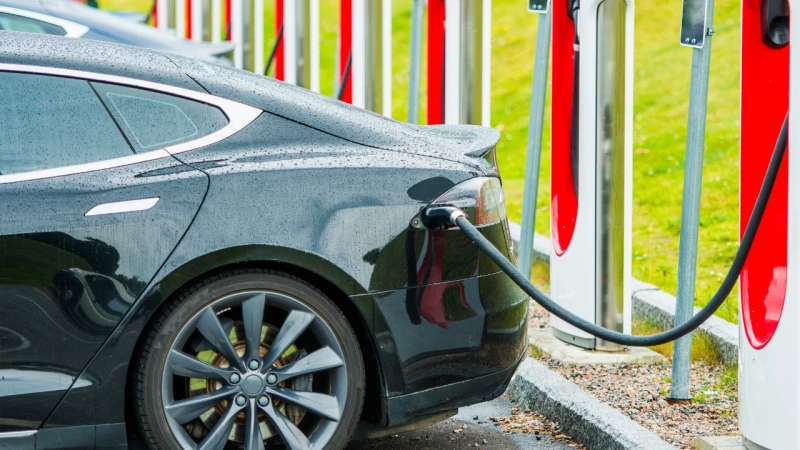National Trends For Electric Vehicles
This morning’s CNBC headlines read “U.S. oil jumps to 7-year high above $102 a barrel…” The times in which we live are challenging in many ways. Inflation has climbed to nearly a 40- year high. The news that surrounds us can be overwhelming. Just yesterday, CNN released news about the UN-backed Climate Report stating, “We’re running out of ways to adapt to the climate crisis.”
While oil prices can go up and go down, one thing is for certain, we all have the opportunity to do all we can to help create a more sustainable world. One step we could take is creating a work environment that enables sustainable technologies, including electric vehicles (EVs) to become a major mode of transportation for our employees. A few key facts to consider: According to the federal Environmental Protection Agency, EVs have no tailpipe emissions. The power being generated and sent to the EV charger may have emissions, depending on the fuel source. If the fuel source is a renewable energy source there would be no emissions. For those of us in Utah, where coal and natural gas still predominately provide EV energy, we must remember that these power producers are highly-regulated and their emissions are limited based on scrubbing technology, which is far less greenhouse gas than combustion tailpipes. Another important fact is that EVs have sufficient range to cover a typical daily travel routine. The majority of US households travel less than 100 miles per day. Most EVs today have a range in excess of 200 miles. Finally, the greenhouse gas emissions that are linked to EVs over the vehicle’s lifetime are less than an average gasoline-powered vehicle, even when manufacturing is accounted for.
While EVs may have a higher purchase price than combustion vehicles, according to Car and Driver, when considering the lifespan of a car traveling 200 miles, the cost of a gas-fueled vehicle would be $94,540. A similar EV would be $90,160. EVs have fewer fuel costs and fewer maintenance costs. There are many locations, including employer-provided chargers where there is no cost to charge an EV. Also, this study does not consider the tax credits and incentives provided by local utilities and communities.
Electric Vehicle News in Utah
Funding was recently approved for Rocky Mountain Power’s Electric Vehicle Infrastructure Program (EVIP) in Utah. This exciting legislation will provide grants and incentives for customers that are installing electric vehicle chargers. One of the most difficult hurdles for market adoption of electric vehicles is range anxiety. At-home charging is a critical solution to this problem. Multi-family buildings often have high up-front infrastructure investment costs to provide enough capacity for many chargers. EVIP provides grant money to help offset the high costs of infrastructure build-out for Multi-family buildings. Funding is expected in the next few weeks.
If you are a commercial customer outside of RMP, you may qualify for grant many from the Department of Environmental Quality’s “Workplace Electric Vehicle Charging Funding Assistance Program”. There are currently $2.5 million in funds available for all Utah commercial building owners. These grants can help offset up to 50% of the cost of the entire project.
When considering rising fuel costs, the challenges our climate is facing, and the economics now might be the time to help your employees be more sustainable. If you would like support and service as you consider electric vehicle charging at the workplace, please reach out to Hunt Electric's Sustainable Energy Division. We can help.
-article.webp)
-article.webp)
